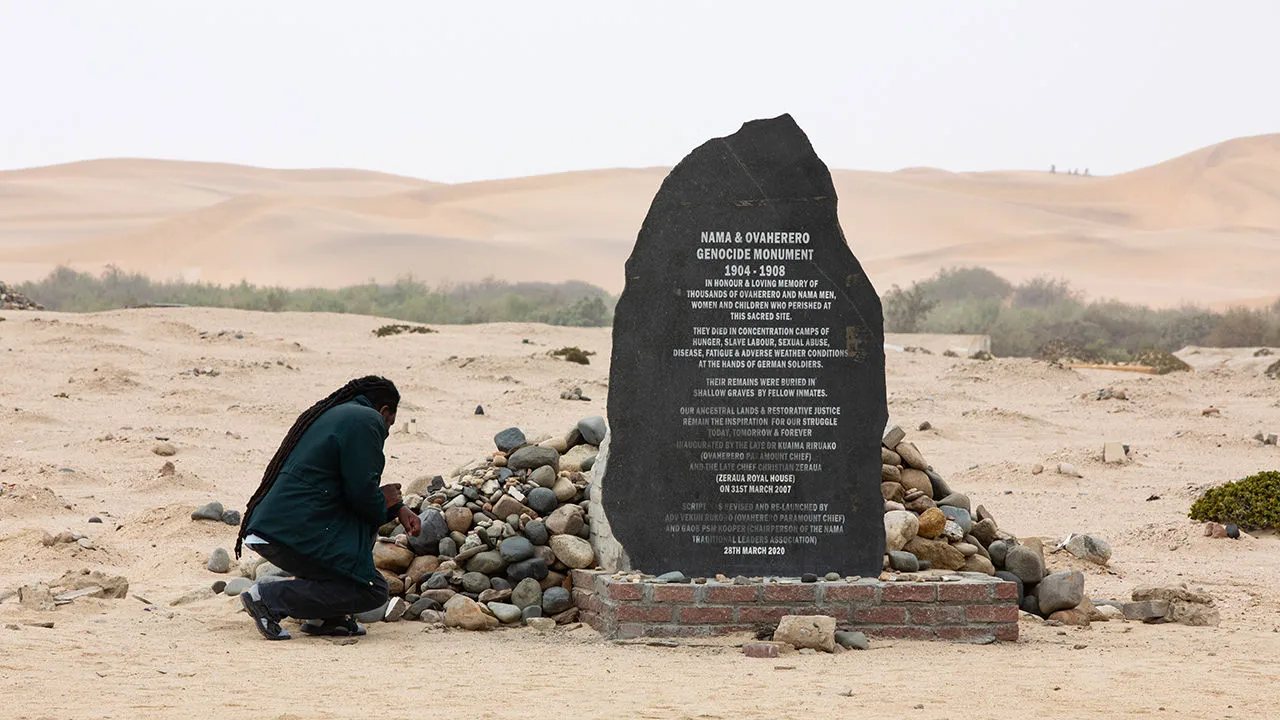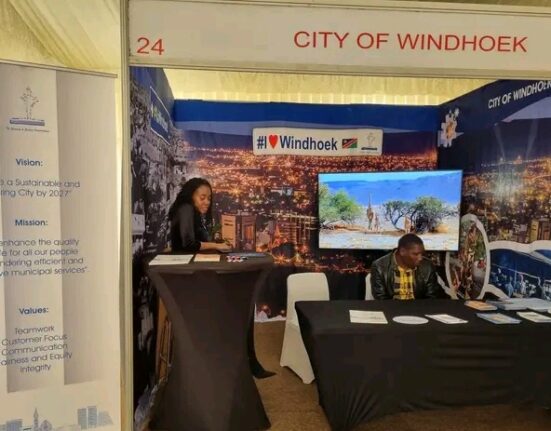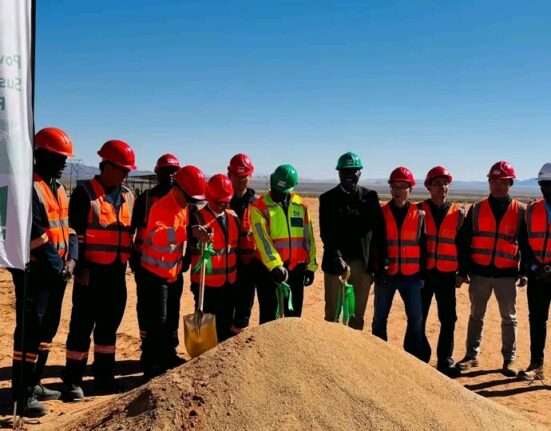The Herero and Nama genocide remains one of the darkest chapters in Namibia’s history. Between 1904 and 1908, during the colonial rule of Imperial Germany, an estimated 75,000 Herero people and 10,000 Nama people were systematically slaughtered in what has since been recognized as one of the first genocides of the 20th century. The impact of this atrocity continues to resonate in Namibia’s demographics, identity, and national discourse. This article delves into the genocide, its effects on Namibia’s population structure, and how the echoes of this traumatic past continue to shape the present-day demographics of the country.
Historical Context: Colonial Germany’s Brutal Campaign
In the early 1900s, Namibia, then known as German South West Africa, was under German colonial rule. The Herero people, primarily pastoralists, and the Nama, who were traditionally farmers and cattle herders, lived in the region now known as Namibia. Tensions between the indigenous populations and German settlers had been rising for years, fueled by land disputes, taxation, and the exploitation of indigenous labor.
The genocide began in 1904 when the Herero people, led by their chief, Samuel Maharero, revolted against German colonial rule after years of mistreatment. The Nama people, led by Hendrik Witbooi, soon joined the resistance. In retaliation, the German military, led by General Lothar von Trotha, launched a brutal military campaign aimed at crushing the rebellion. The German forces used scorched earth tactics, killing men, women, and children indiscriminately, forcing survivors into concentration camps, and deliberately denying them food and water. The military’s orders were clear: no Herero or Nama person should be left alive.
The campaign resulted in the deaths of 75% of the Herero population and 50% of the Nama population, a horrific toll that devastated the two groups. Those who survived were subjected to forced labor, displacement, and brutal treatment. The genocide not only decimated these communities but also permanently altered Namibia’s social and demographic fabric.
Impact on Namibia’s Demographics
The Herero and Nama genocide had a profound and lasting effect on Namibia’s demographics, and its legacy continues to shape the country’s population structure in the 21st century.
1. Dramatic Population Losses
The most immediate impact of the genocide was the dramatic loss of life. With the death toll reaching tens of thousands, both the Herero and Nama peoples saw their populations devastated. Entire communities were destroyed, and many families were torn apart. For the survivors, the loss of life was not only a personal tragedy but a demographic catastrophe.
After the genocide, both the Herero and Nama communities faced significant challenges in rebuilding their societies. The loss of cultural heritage, land, and social structures meant that many survivors had to rebuild their communities from the ground up, often with limited resources. The effects of these losses are still felt today, as both groups continue to struggle with the scars of this past, both physically and psychologically.
2. Displacement and Forced Relocations
Following the genocide, many survivors of the Herero and Nama communities were forced off their ancestral lands and into less fertile and remote areas. This displacement further fragmented the social and economic cohesion of these communities, many of whom were relegated to smaller, isolated regions that were less conducive to their traditional agricultural and pastoral practices.
This forced migration and relocation of the Herero and Nama people left an indelible mark on their demographic profiles. Communities that had once been interlinked by shared traditions and lifestyles were broken up and scattered across Namibia. This loss of territory and resources compounded their population decline, and many survivors faced long-term social and economic instability.
3. Socio-Economic Impact
The genocide also had a lasting impact on the socio-economic status of the Herero and Nama people. For generations, these communities were left in poverty and marginalization, unable to recover from the devastation inflicted upon them. Many survivors were relegated to working as laborers on farms or in mines, often under harsh conditions.
In the decades that followed, both groups faced systemic discrimination, and their socio-economic status remained low. This historical context has played a significant role in shaping the demographic composition of Namibia today. The Herero and Nama communities have faced challenges in accessing education, healthcare, and employment opportunities, all of which have had a long-term effect on their social mobility and economic standing.
Echoes in Today’s Demographics
The effects of the Herero and Nama genocide are still being felt today, both in terms of the psychological impact on survivors and in the lasting demographic consequences. Despite these challenges, however, both communities have worked hard to preserve their cultural identity, rebuild their communities, and seek justice for the atrocities that were committed against them.
1. Population Trends: Slow Recovery and Rebuilding
While the Herero and Nama communities have slowly rebuilt their populations since the genocide, the long-lasting impact of the genocide continues to affect their demographic trends. Unlike other ethnic groups in Namibia, the Herero and Nama populations have not seen the same rates of growth in recent decades. This is partly due to the severe losses they experienced during the genocide, which disrupted family structures, social networks, and cultural continuity.
The slow recovery of these populations is also compounded by migration patterns in Namibia. Many Herero and Nama individuals have migrated to urban areas in search of work and opportunities, which has led to the urbanization of both communities. In urban areas, these groups face new challenges in maintaining their cultural heritage and in overcoming economic and social barriers.
2. The Struggle for Recognition and Reparations
In recent years, there has been growing recognition of the Herero and Nama genocide on the international stage. In 2021, Germany officially recognized the genocide, and the two countries reached an agreement on reparations, although the process has been contentious. The reparations package, valued at over $1 billion, aims to support the affected communities through development programs and support for education, healthcare, and infrastructure. However, many Herero and Nama people argue that the reparations are insufficient and demand a formal apology from Germany and full compensation for the atrocities committed.
The struggle for justice continues to be a central theme in Namibia’s social and political discourse. As these communities fight for recognition and reparations, they are also working to preserve their cultural identities, revitalize their languages, and ensure that future generations understand and honor the legacy of their ancestors.
3. Demographic Shifts: A Complex Ethnic Landscape
Namibia’s modern demographic landscape is marked by the complex interplay of historical, cultural, and social forces. The Herero and Nama populations are part of a broader ethnic mosaic that includes the Ovambo, Damara, Caprivian, and other groups. While the Herero and Nama remain significant cultural and political communities, they represent only a small portion of Namibia’s total population.
The ongoing urbanization trend, along with the mixing of ethnic groups, means that Namibia’s population is becoming increasingly diverse. The Herero and Nama communities, while maintaining their unique identities, are increasingly integrated into the broader Namibian society. This integration, however, must be balanced with the recognition of their historical traumas and ongoing struggles for reparations and justice.
The legacy of the Herero and Nama genocide continues to shape Namibia’s demographics in ways that go beyond simple population numbers. The trauma of the past, coupled with the struggle for recognition, reparations, and cultural preservation, underscores the complex relationship between history and modern-day demographic trends. As Namibia grapples with the legacies of colonialism and genocide, the Herero and Nama communities are working to rebuild their societies, preserve their cultures, and ensure that the horrors of the past are not forgotten.
In the years to come, it will be essential for Namibia to continue its journey toward healing and reconciliation, acknowledging the past while building a more inclusive and equitable future. The Herero and Nama genocide may have left deep scars on the population, but the resilience and determination of these communities continue to serve as a testament to their strength and ability to thrive in the face of adversity.
Join 'Namibia Today' WhatsApp Channel
Get the breaking news in Namibia — direct to your WhatsApp.
CLICK HERE TO JOIN












